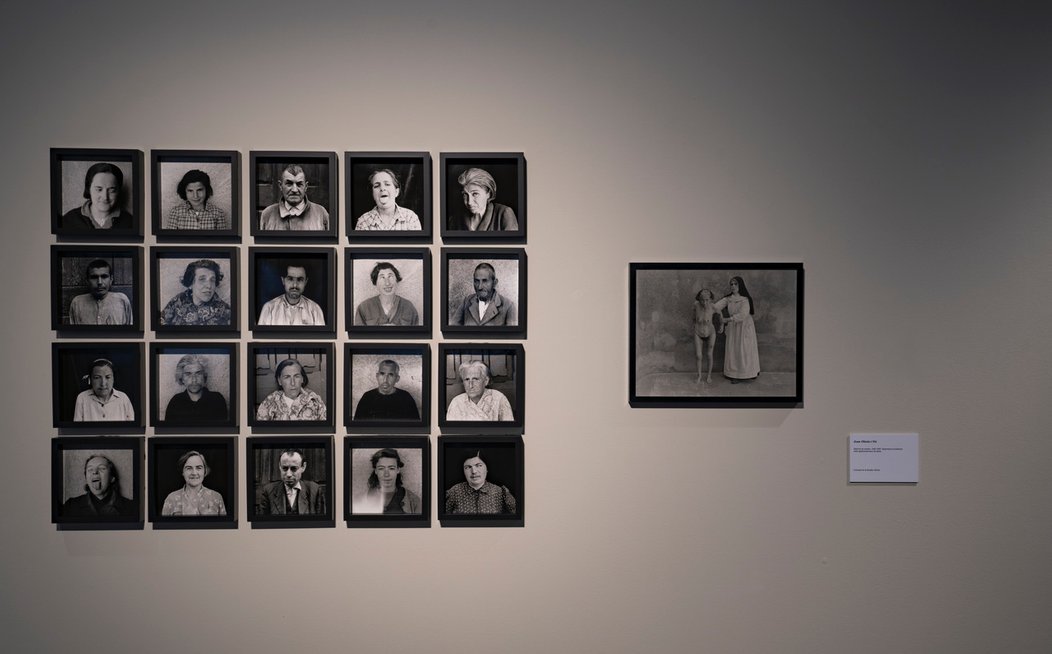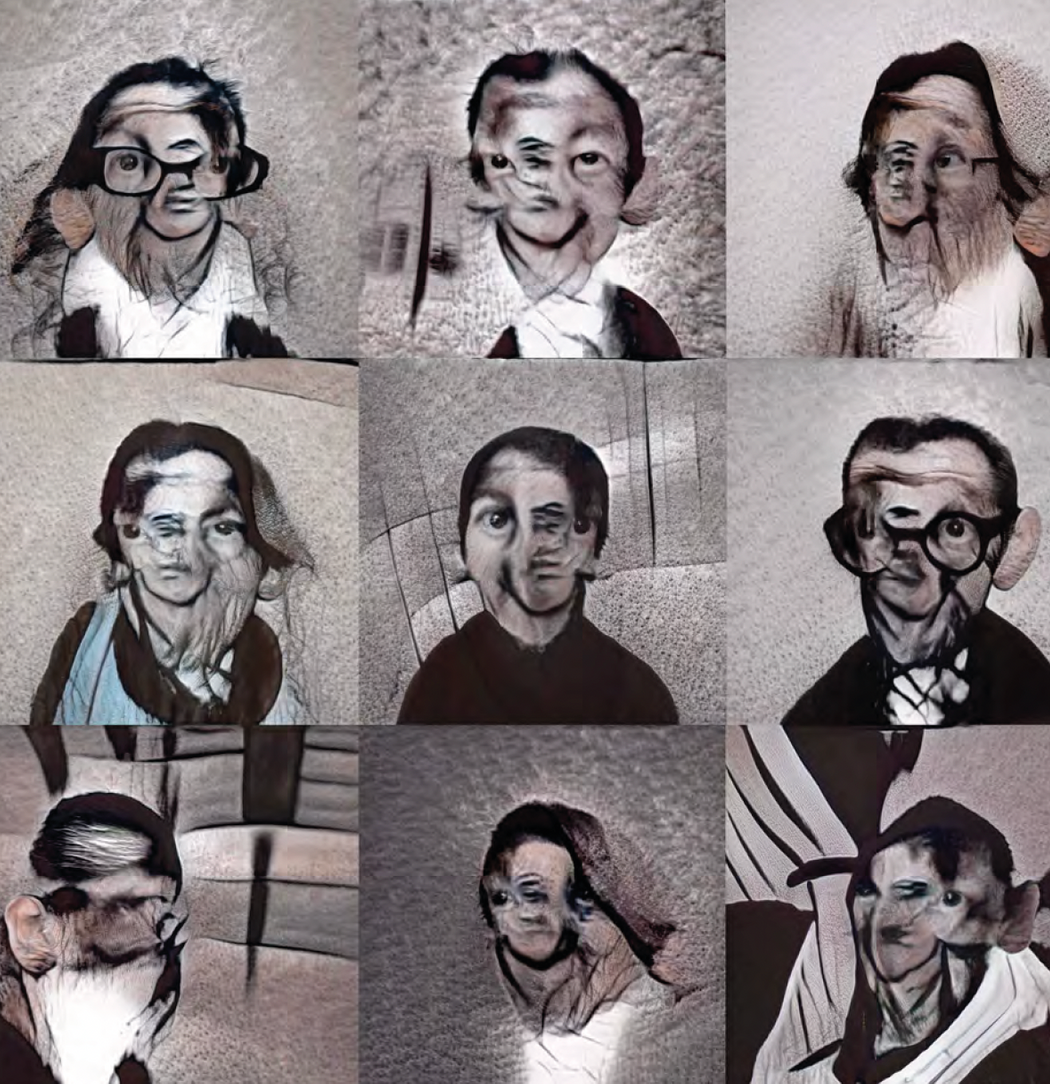
Since the latter third of the nineteenth century, the production of photographic files of the mentally ill has been part of an approach to study and classify the characteristic features of the alleged mental disorders. The application of the principles of eugenics added a capacity for diagnosis which, despite the doubts raised about that pseudo-scientific discipline, has today become a practical prescribing system implemented by algorithms and artificial intelligence. In the 1940s and 1950s, the Barcelona psychiatrist and humanist Joan Obiols i Vié (1918–1980) took hundreds of photographic portraits of the patients he visited at the psychiatric hospitals in Sant Boi and Barcelona, and the Institut Pere Mata in Reus. Dr. Obiols was a pioneer in the country in the use of artistic creation as a tool for psychotherapy, at the same time as Jean Dubuffet popularized Art Brut.
GAN (Generative Adversarial Network) technology has been applied to the archive of Dr. Obiols’ work to trigger a deep learning process in which the algorithm determines essential identities and generates predictive hybridizations, in other words, speculations of mixed genres and symptoms that reveal the monstrosities of this type of emergencies. On its learning journey, artificial intelligence develops a laborious morphogenesis in which we will seem to recognize classical aesthetic models: Kirchner, Kokoshka, Munch, Dix, Picasso, Saura and Bacon, among others. From the perspective of artistic creation, the application of GAN technology opens up new formal and conceptual imaginaries. But here, even more so, discrimination under the umbrella of ‘madness’ invites us to question the identity patterns of normality.
